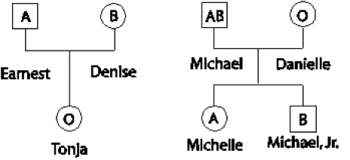
This analysis and discussion activity introduces students to the basic principles of how organisms use energy.
Students learn that, in cellular respiration, glucose is one input for reactions that provide the energy to make ATP. The hydrolysis of ATP provides the energy for many cellular processes.
Students apply the principles of conservation of energy and conservation of matter to avoid common errors and correct common misconceptions.

The Student Handout is available in the first two attached files and as a Google doc designed for use in distance learning and online instruction. The Teacher Notes, available in the last two attached files, provide instructional suggestions and background information and explain how this activity is aligned with the Next Generation Science Standards.

 © Serendip® 1994 - All rights reserved. Privacy Policy
© Serendip® 1994 - All rights reserved. Privacy Policy
 This game helps students to enjoy reviewing vocabulary related to cells, organelles, and the plasma membrane. Each card in the deck has a target vocabulary word and two related taboo words that the student may not use as he/she gives clues so the other students in his/her small group can guess the target word. Many students have trouble learning the substantial new vocabulary required for biology, and this game lets students have fun while reinforcing their understanding of key terms.
This game helps students to enjoy reviewing vocabulary related to cells, organelles, and the plasma membrane. Each card in the deck has a target vocabulary word and two related taboo words that the student may not use as he/she gives clues so the other students in his/her small group can guess the target word. Many students have trouble learning the substantial new vocabulary required for biology, and this game lets students have fun while reinforcing their understanding of key terms. 



